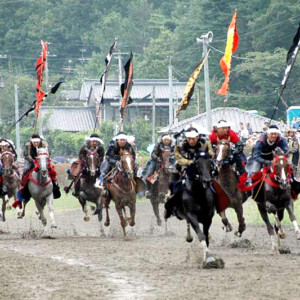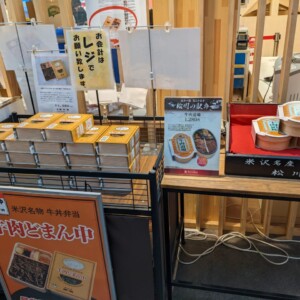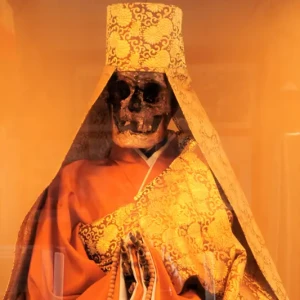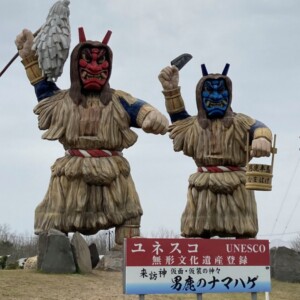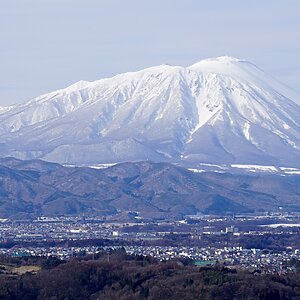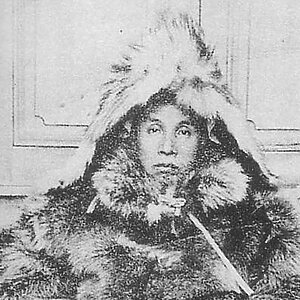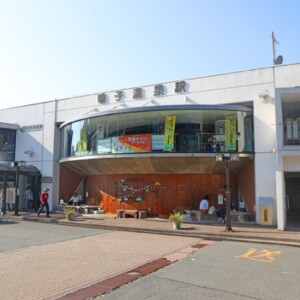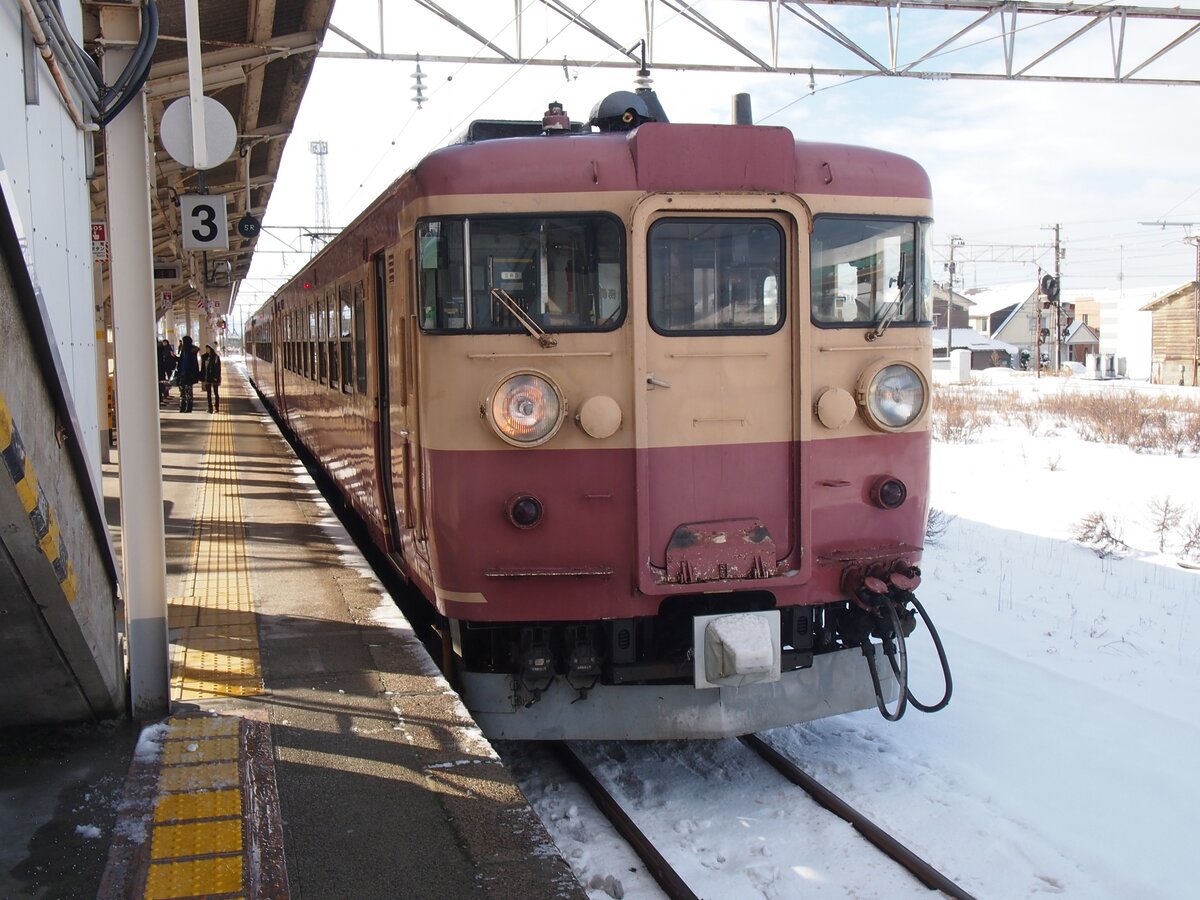
The legendary special express "Echo Morioka Aomori" [Iwate Prefecture and Aomori Prefecture]
table of contents
Echomorioka " and " Echo Aomori " operated
on the Tohoku Main Line, known as the Tohoku aorta it is called legendary special express train because of its speed, which is comparable to the express trains, and because it was operating so short
What is "Echo Morioka"?
The train equivalent to "Echo Morioka" was born in the spring of 1971, when JR was in no shadow or form, and the Tohoku Shinkansen was not yet available.
It was set up to increase the Yamabiko express train, which connected Tokyo Station and Ueno Station in Tokyo and Morioka Station in Iwate Prefecture via the Tohoku Main Line, during a period of high-traffic.
However, the 485 series train used by the Yamabiko was unable to run, so the number of trains that were used was not increased as Yamabiko.
Therefore, the train for express trains called the 455 series was operated as the special express train "Morioka".
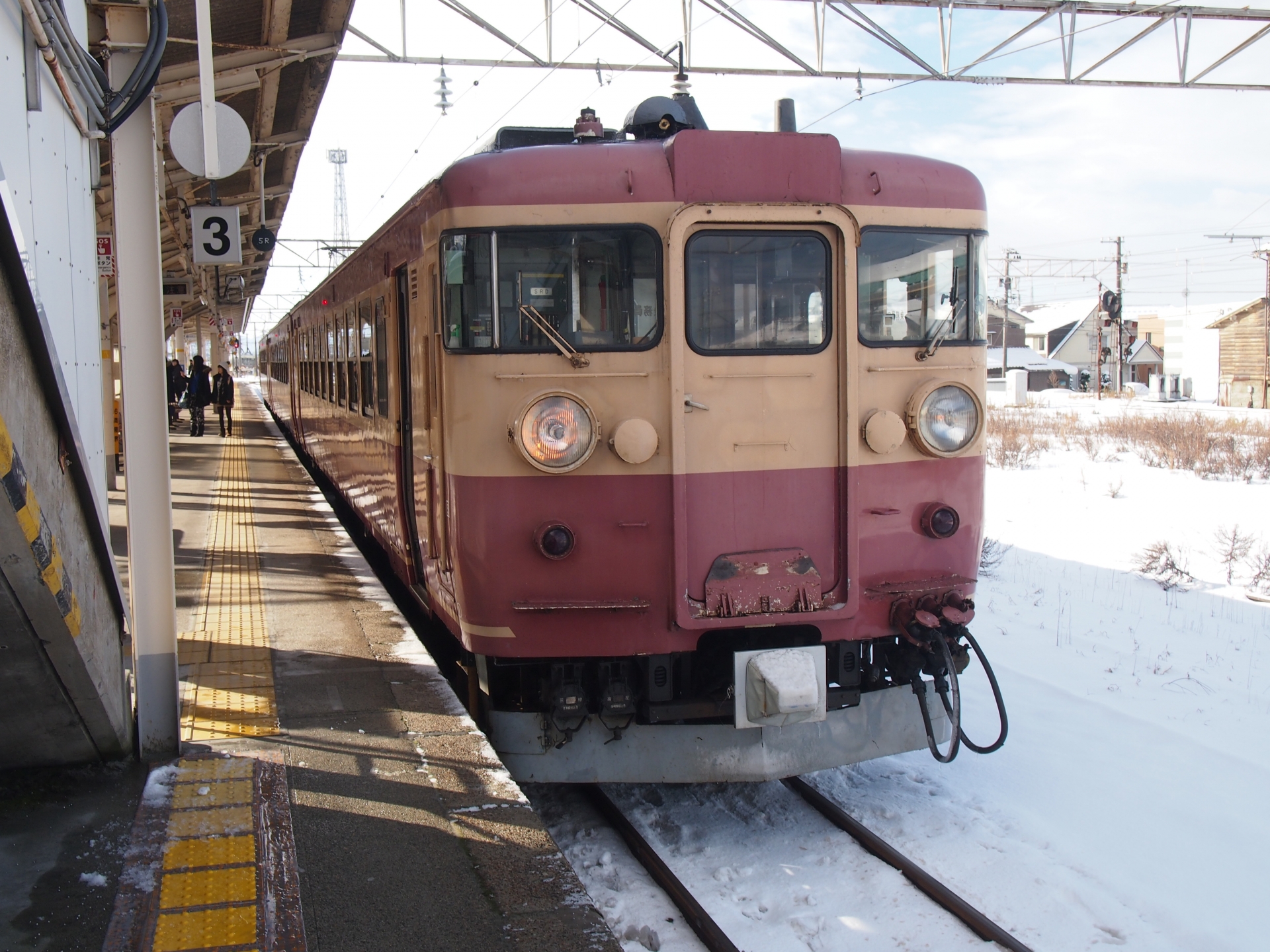
The following year, in March 1972, the schedule revision was set to a regular train (a train that runs daily) that connects Ueno Station and Morioka Station via the Joban Line.
That's why the temporary express "Morioka" was renamed Echo Morioka
The author couldn't find a clear explanation of the origin of "Echo", but since there were few stops and it was as fast as a limited express train, it was probably named in the sense that,
like "Yamabiko", you can go from Morioka to Ueno in just one day and return Furthermore, it was not a metaphor for people to go and come home, but the schedule was set up where people actually left Morioka Station in the morning, went to Ueno Station, and then returned to Morioka Station in the evening.
According to the timetable at the timetable revision in March 1972, Echo Morioka departed Morioka at 7:25am, stopped at five stations: Hanamaki, Kitakami, Mizusawa, Ichinoseki, and Kogota in Miyagi Prefecture, and arrived at Sendai Station at 9:34am.
When I left Sendai Station at 9:36, I stopped at five stations: Fukushima in Fukushima Prefecture, Koriyama in Tochigi Prefecture, Kuroiso in Utsunomiya in Utogi Prefecture, and Omiya in Saitama Prefecture, and arrived at Ueno Station at 1:58pm, and it took 6 hours and 33 minutes to travel from Morioka Station to Ueno Station.
Among the stations where Echo Yamabiko stops, Kuroiso and Omiya are the only stations where the express train "Yamabiko No. 1" that runs on the same section do not stop, so you can see that the number of stations stopped just like the express train.
Looking at the travel time from Morioka to Ueno, the Yamabiko Express took 6 hours and 4 minutes, and the Iwate Express was in the 7 hours and 10 minutes, so the special express Echo Morioka was really fast and hard to believe it was an express train.
The down train then departs from Ueno Station at 3:00 p.m., passing through Omiya Station, stopping at four stations: Utsunomiya, Kuroiso, Koriyama, and Fukushima, and arriving at Sendai Station at 7:15 p.m.
When I left Sendai Station at 7:17pm, the train stopped at five stations: Kogoda, Ichinoseki, Mizusawa, Kitakami, and Hanamaki, and arrived at Morioka Station at 9:37pm.
The Echo Morioka operation dates during this period (spring 1972) were three days from March 18th to 20th, and a long holiday period from April 28th to May 10th.
What is "Echo Aomori"?
In the fall and winter of 1971, the Echo Aomori also operated on the section from Sendai Station to Aomori Station in Aomori Prefecture.
In addition, the section from Morioka Station to Aomori Station on the way is currently the line of a company called IGR Iwate Galaxy Railway, from Morioka Station to Metoki Station in Aomori Prefecture, and the line of a company called Aoyama Railway, from Metoki Station to Aomori Station, but at the time this section was also the Tohoku Main Line of the JNR.
For more information on the history of the Tohoku Main Line, please refer to this article.
The "Echo Aomori" also operated in one round trip per day.
According to the timetable for the fall of 1971, it departs from Sendai Station at exactly 9am
(it appears to have been operated by the 455 series train used by the Abukuma Express, which ran from Shirakawa Station in Fukushima Prefecture to Sendai Station, and was operated in an extended operation).
After entering Shiogama and Iwate prefecture, we stopped at five stations: Ichinoseki, Mizusawa, Kitakami, and Hanamaki, and arrived at Morioka Station at 11:24am.
When I left Morioka Station at 11:26, I entered Kita-Fukuoka (now Ninohe), Aomori Prefecture, stopped at five stations: Hachinohe, Misawa, Noheji, and Asamushi (now Asamushi Onsen), and arrived at Aomori Station at exactly 2:00 p.m.
The travel time between Sendai and Morioka was 2 hours and 24 minutes, and between Morioka and Aomori was 2 hours and 34 minutes.
The Hatsukari Express, which runs across the Tohoku Main Line, took about 2 hours for the former and about 2 hours and 20 minutes for the latter, so it is still as fast as a express train.
The up train departs from Aomori Station at 2:30pm, and the stops are the same as the down train, and we arrived at Morioka Station at 5:01pm.
The travel time to Morioka Station was 2 hours and 31 minutes, which was shorter than the down train.
A 203.9km period of 2 hours and 31 minutes means that the designated speed (average speed including stop times at stations along the way) 81km/h .
When I left Morioka Station at 5:03 PM, it stopped at a station similar to the down train, and the schedule was to arrive at Sendai Station at 7:27 PM.
It is also notable from the historical perspective of the vehicle that this was the first time a 455 series train had been operated north of Morioka Station.
And then on the legendary train...
The lack of stops and the displayed speeds of "Echo Morioka" and "Echo Aomori" that can compete with express trains are one of the reasons why both trains are talking about.
However, although the Echo Aomori service was operated in the fall and winter of 1971, it will no longer operate after that, due to the fact that the 455 series train was introduced to the Kurikoma Express between Sendai Station and Aomori Station in March 1972.
The "Echo Aomori" was operated for only about six months, but only for a limited number of days.
Although the "Echo Morioka" also operated until the summer of 1972, in the fall, a large number of 485 series trains were added, allowing for the number of "Yamabiko" to be increased (it was now possible to do what the JNRs wanted to do), so the "Echo Morioka" was also cancelled.
This service also lasted just over a year, and it was only operated under the name "Echo Morioka" in the spring and summer of 1972.
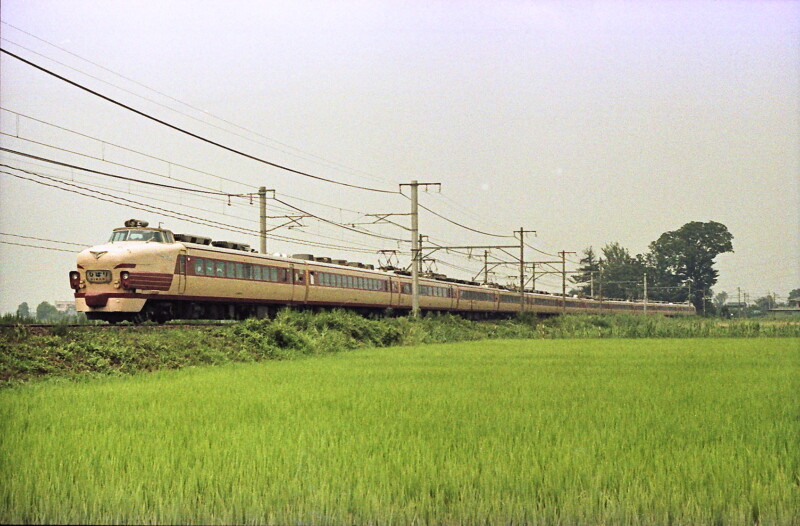
Author: Gohachiyasu1214 - Works by the author himself, CC Display-ShareAlike 4.0, by https://commons.wikimedia.org/w/index.php?curid=88122151
Both have been improved, but even so, there are few trains that have had such a short period of service, even if it is a special train.
The lack of stops that are not typical of express trains and the shortest operating period have made "Echo Morioka" and "Echo Aomori" what are even known as legendary temporary express trains.
A surprising revival in the Reiwa era
Trains related to the legendary special express train that operated in the late Showa period have finally been to be operated in the Reiwa period.
The Aoimori Railway, which inherited the Tohoku Main Line between Meki Station and Aomori Station from JR East, operated a special express train for tours called "Echo 703 (Nana Marusan)," which travels from Aomori Station to Morioka Station on March 9th and 11th, 2025.
The Echo 703 express departs from Aomori Station at 10:15, stops at four stations: Asamushi Onsen, Noheji, Misawa, and Hachinohe, and arrives at its final stop, Morioka Station on the IGR Iwate Galaxy Express at 12:43.
We then departed from Morioka Station at 2:35pm, and as we headed, we stopped at four stations and arrived at Aomori Station at 5:04pm.
It passes through 37 stations and takes 2 hours and 28 minutes by train.
As you can imagine from the name, the train was truly inspired by the "Echo Aomori" and although it only took only three minutes, it took a shorter time than the "Echo Aomori".
I'm impressed that the Aoimori Railway has been pulling out that legendary special express train.

Also, as the name suggests, the train was called the Aoimori 703 series, which belongs to the Aoimori Railway.
This was the first time the Aoimori 703 series had been operated on the Iwate Galaxy Railway Line.
This also shows similarity to the fact that the first train to board Aomori Station for the 455 series train of the JNR was the "Echo Aomori."
It is possible that the Echo 703 will also become a legendary special train in the future.


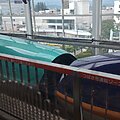



![Hirosaki Sakura Festival 2024! Event information and 5 recommended food stalls for locals! [Aomori Prefecture] Hirosaki Castle](https://jp.neft.asia/wp-content/uploads/2024/04/b676708decfad691aa65485106ff0a4c-150x150.jpg)
![[Shimokita Peninsula, Aomori Prefecture] Geopark Shimokita Peninsula. A rich hot spring springs from the northernmost peninsula of Honshu 24734759_m](https://jp.neft.asia/wp-content/uploads/2023/02/24734759_m-150x150.jpg)
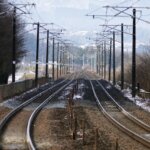
![From diesel express trains to bullet trains... The path of Tsubasa [Akita Prefecture and Yamagata Prefecture] 22566129_m](https://jp.neft.asia/wp-content/uploads/2024/06/22566129_m-150x150.jpg)
![The mysterious world of the Shimokita Peninsula of Geopark: "The northern limit of monkeys on Osoreyama and Butsugaura" [Aomori Prefecture] 25110883_m](https://jp.neft.asia/wp-content/uploads/2022/11/25110883_m-150x150.jpg)
![The gorgeous "Noheji Gion Festival" and Kitamae Ship port call "Noheji" [Aomori Prefecture] 4031_Noheji Gion Festival](https://jp.neft.asia/wp-content/uploads/2023/03/27d8816076df6701eb2d6ec6c91e5169-150x150.jpg)
![Bottle Don is the definitive Sanriku souvenir that looks delicious! [Iwate Prefecture] Bottle don (abalone, scallop, salmon roe)](https://jp.neft.asia/wp-content/uploads/2023/06/IMG_5048-150x150.jpg)




